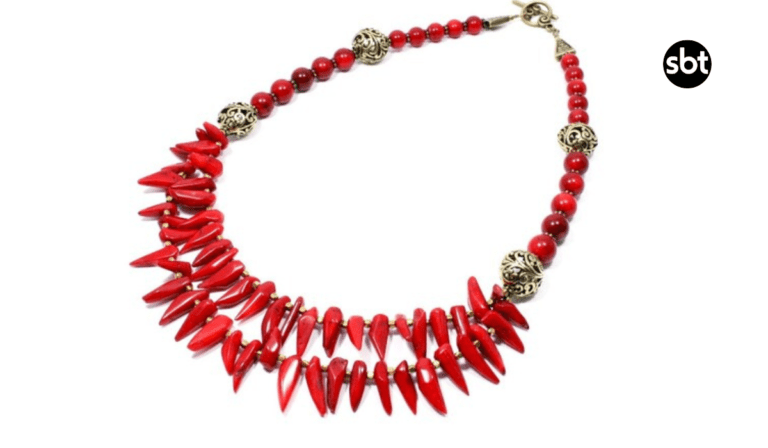How Do You Choose Perfect Wedding Dress for Your Big Day?
Finding your dream wedding dress is one of the most exciting yet daunting tasks in wedding planning. Asian Wedding Clothes offers a stunning array of options that blend cultural heritage with contemporary style.
You might like the lehengas groomed traditionally, the fused modern gowns or even a fusion design; whatever you desire, choosing a perfect outfit means much consideration of more factors.
Seven of the essential points explored in this guide would facilitate the selection of wedding clothing that will reflect your personality and respect tradition: from silhouettes to fabric selections, these will ensure that you shine on your big day.
Asian wedding clothes will be your best substitute for cultural importance and bridal glamour for those once-in-a-lifetime personal iterations.
Look at Your Wedding Theme and Location
The dress should complement your wedding in terms of the overall style and the location. Lavish ballrooms would be the perfect setting for lehngas elaborately embroidered and would suit heavy weddings conducted inside, while a much lighter fabric like chiffon or georgette would have to be used for beach weddings. Traditional ceremonies often need the celebration to infuse cultural elements into the clothes, such as certain colours or motifs.
Outdoor weddings should consider manageable trail length. The season is important- velvet would be for winter, and breathable linens would be for summer. The formality of the venue would lead to an extravagant or simply worn outfit. Always picture the dress as it looks and feels in your wedding setting.
Select a Flattering Silhouette
Choose a cut that naturally enhances your body’s shape, yet allows some comfort. The A-line style applies to most body types since it easily moves with the race. Mermaid cuts indicate curves, but walking becomes limited because of the tight fit.
Flowing anarkalis build up a graceful volume without adding weight. Shararas elongate the frame and tend to suit petite brides. Also, think about how you will move and sit with the silhouette during dances on long ceremonies. Clothes open grand avenues, from the most structured corsets to the most relaxed of drapes.
Bring shapewear to fittings to see the real look. Remember that you will wear that dress for hours, so beauty and comfort should both be a priority in the choice of silhouette.
Significant Colors for Selection
While red has always been the trend for wedding clothes, brides nowadays find other colours to fill up their palettes. Those signify wealth – gold- and new beginnings, such as white for some cultures. Pastel colours are good for daytime performance, while the jewel tones would create a statement at night.
Consider which shades would best suit your skin tones- ivory for fair skin and emerald for warmer complexions, for instance. Some families practice certain traditions on colors, too, that should be honored. Multiple hues can be introduced through gradually fading effects or in the tumultuous contrast of his or her dupattas. It will make you glow and respect whatever your culture might symbolize with color.
Concentrate on Quality, Texture, and Craftsmanship
Check into fabric options that will appear fresh all day during a long wedding event. Heavy silks drape beautifully; however, they take lots of effort to be worn. Lightweight materials like organzas are cooler but tend to crease easily. Ensure embroidery is neatly attached with not a single loose thread.
Most Wedding Clothes are hand-crafted, so ensure these are well executed. The inner lining should feel comfortable against the skin. Quality materials photograph better and are used to make heirlooms last longer. A fabulous outfit is better than many cheap ones- made; don’t sacrifice craftsmanship in that case.
Allocate Time for Fittings and Alterations
Start hunting for your wedding outfit 6-9 months before the wedding day since custom-designed Wedding Clothes require several fittings. Book the final alteration very close to the date in case of weight changes. While you come for the fitting, take along your wedding shoes so that you can adjust them to the appropriate length.
Before putting it out for you, practice moving in your outfit to ensure it will not bother you. Get photos of the dress from almost every angle to see how it looks. Leave room for last-minute changes if necessary. Rushing alters is a sure recipe for fit problems on the big day.
Conclusion
The moment of choosing your wedding dress is profoundly personal, relating to cultural traditions and individual expression. Wedding Clothes has offered endless possibilities and forty years of creating looks that testify to one’s heritage while continuing to personalise through style.
Consider all seven aspects- from silhouette to accessories- and you will select something that makes you feel good and beautiful. Remember, a wedding dress is not just an appearance but a feel when you’re wearing it. It’s like finding your life partner: you will know when you find the one that makes you happy and reflects your personality. Your wedding attire will greatly remind you of this special time in your life.







